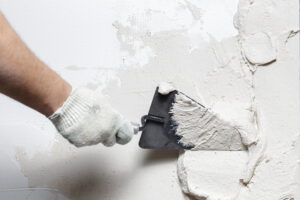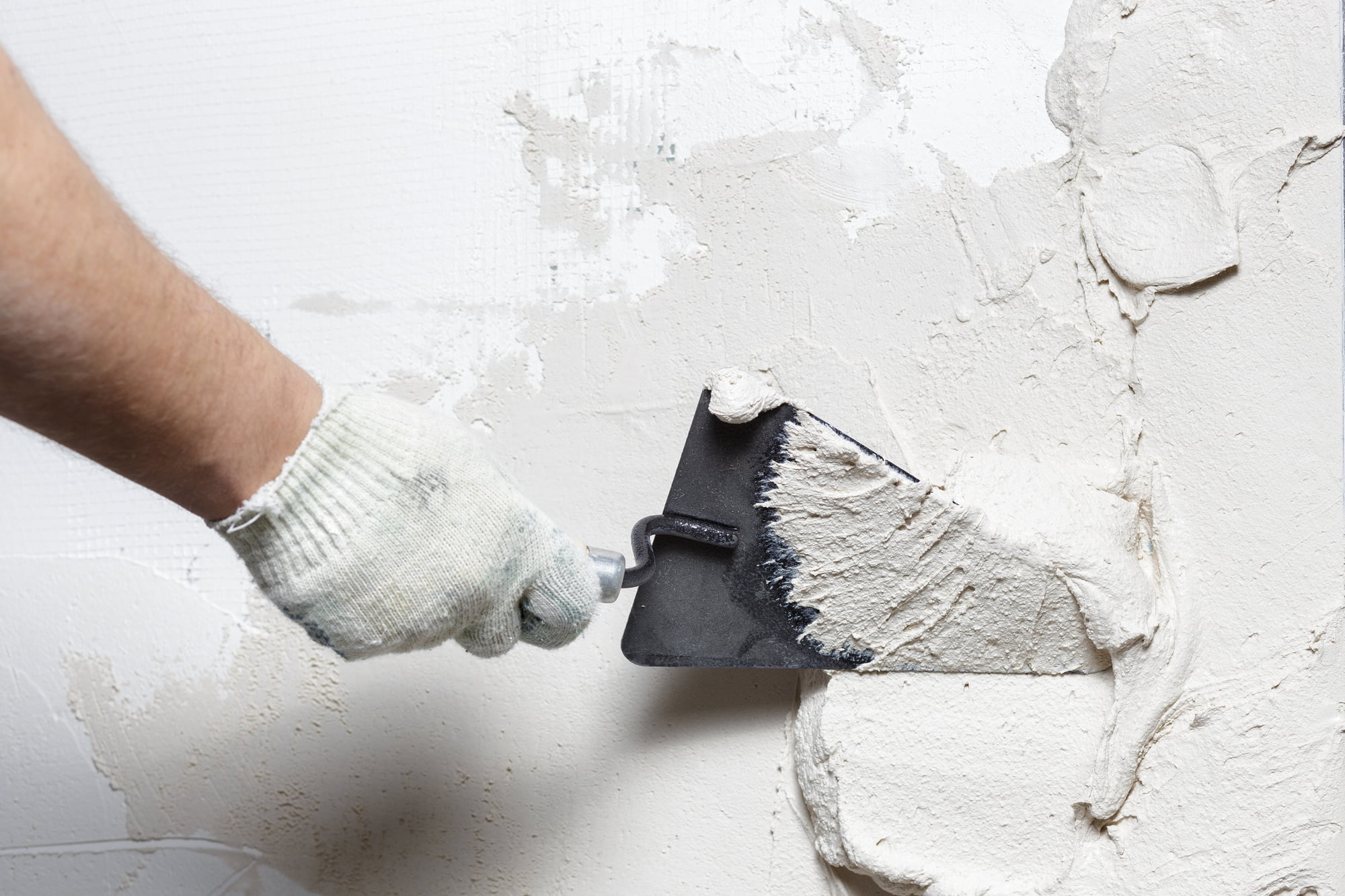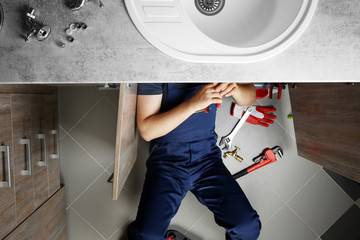Stucco is a durable, weatherproof wall material that helps to insulate your home from the elements. But over time, it can deteriorate due to a number of factors, including improper installation or moisture intrusion.

If your stucco is showing signs of damage, it may be time to invest in a professional stucco repair job. This process can help prevent further issues from developing and will ensure that your home stays protected from the elements for years to come. For professional help, contact Buckley Roofing & Stucco.
Stucco is a cement-based mixture that acts as a protective barrier around your home. It can be applied over wood lath or metal mesh, and it can come in a variety of textures and colors. It’s a popular exterior coating for many homes.
Besides its beauty, stucco is also durable and weather-resistant. However, cracks and holes in stucco can let moisture into your home’s interior and lead to problems such as mold or rot.
If your stucco has a hole, it’s important to repair it as soon as possible so that the wall remains intact. If you don’t do so, the hole may widen, become bigger, and be more difficult to fix.
You should start by breaking away loose stucco from the hole using a hammer and chisel. This will ensure that you remove all the damaged material before applying any new stucco to the wall.
After you’ve broken away as much stucco as possible, it’s time to check the metal mesh underneath the hole for any signs of rust or damage. If it’s in good condition, you can apply new stucco directly to the mesh.
Otherwise, you’ll need to cut a piece of galvanized metal mesh to size and apply it to the hole. Then, affix it to the wood lath beneath with roofing nails.
Once you have the mesh in place, it’s time to apply the first layer of new stucco. Apply a coat of specialized stucco patch compound, making sure it extends about 1/8 inch from the top edge of the original stucco. Allow this layer to dry for at least two days before applying the next one.
The last step is to finish the entire project with a coat of paint that matches the color of the original stucco. Painting should be done after the stucco has cured for a week.
Whether you’re fixing a single hole or repairing a full facade riddled with cracks, stucco repair can be an easy and affordable DIY project for just about any homeowner. But if you have any questions about the process or need a hand, it’s always best to call a professional for help.
Stucco is one of the most durable wall finishes, but it can develop cracks or holes over time. Whether caused by moisture getting behind the stucco, foundation settlement, or impact damage, stucco cracks should be repaired to prevent further deterioration and to keep water from seeping through your home.
Hairline (less than a 1/4 inch) cracks are easy to repair and usually do not require any special equipment. You can use a standard caulking gun to apply a bead of cement or acrylic-based caulk. Be sure not to fill the entire crack with caulk; instead, apply the caulk around the edges of the vee and then press coarse sand or fine gravel into the caulk.
Once the caulk is cured, brush on a coating of paint to match the color and texture of the rest of your stucco. This will blend the repair with the existing stucco and prevent any recurrence of the crack in the future.
Crazed or Spider Web-like Patterns If your stucco has a crazed or spider-web-like pattern, it may indicate that the lath underneath the stucco is loose. This can cause the stucco to crack as it moves over time, especially in wood-framed homes.
If your stucco has a stairstep pattern, it can also indicate foundation settlement. In these cases, it’s best to call a foundation specialist.
Dynamic (moving) cracks are typically larger and may appear at cold joints in your walls, such as at the corners of windows and doors, or at intersections of vertical walls. This type of cracking can be an indication that your house is settling due to seismic activity or changes in temperature.
A structural engineer can determine if your stucco cracks are caused by foundation settlement and recommend repairs accordingly. The best time to repair dynamic cracks is in the morning, when your house is cooler and contraction can “open” the small cracks.

